The scientists working on the atomic bomb in Oppenheimer worry about destroying the world. Here’s how the science of it all works.
Have you ever wondered what would happen if the chain reaction in a nuclear fission just went on ad infinitum? Well, this was apparently a concern of the scientists working on the Manhattan Project, and Christopher Nolan’s new film Oppenheimer is depicting it in earnest.
As you can even see in the trailers, there’s a scene where Cillian Murphy’s J. Robert Oppenheimer and Matt Damon’s Leslie Groves discuss the possibility of destroying the world with the Trinity Test. Oppenheimer says the chances are “near zero,” which naturally unsettles Groves.
So what is it that made these scientists pause and consider the real effects that a nuclear detonation would have on our world?
What is ‘atmospheric ignition,’ and how close did Oppenheimer come to destroying the world?
To put it in simple terms, nuclear fission will always be limited by several factors, the most important of which is energy loss. Variables like inefficiency and ionization at extremely high temperatures contribute to this energy loss, so for a nuclear fusion to become self-sustaining, the energy produced needs to be greater than the energy lost. In such a scenario, which is almost impossible to manifest, the chain reaction would go on and on until it consumes the entire world, and that, in turn, would be game over for humanity.
Oppenheimer and his colleagues obsessed over this phenomenon, thinking that the explosion would create a thermonuclear reaction in the atmosphere (hence the use of the phrase “atmospheric ignition”) and turn the nitrogen into magnesium, ionizing it and consuming the world in a bubble of explosions and irradiation.
Fortunately, the circumstances under which such a disastrous calamity could befall us are nigh impossible to create, but that didn’t stop Oppenheimer from running tests and even using numerical integration to come up with an energy curve. If you’re interested in knowing more about this, check out this video which explains the phenomenon in a comprehensive and simple manner:
Well, there you have it, folks. While this might not necessarily allow you to wrap your head around the usual Chis Nolan science jargon found in Oppenheimer, I think it will help you understand the dire stakes involved when you watch the movie.
How does Nolan tie this concept to the end of the world?
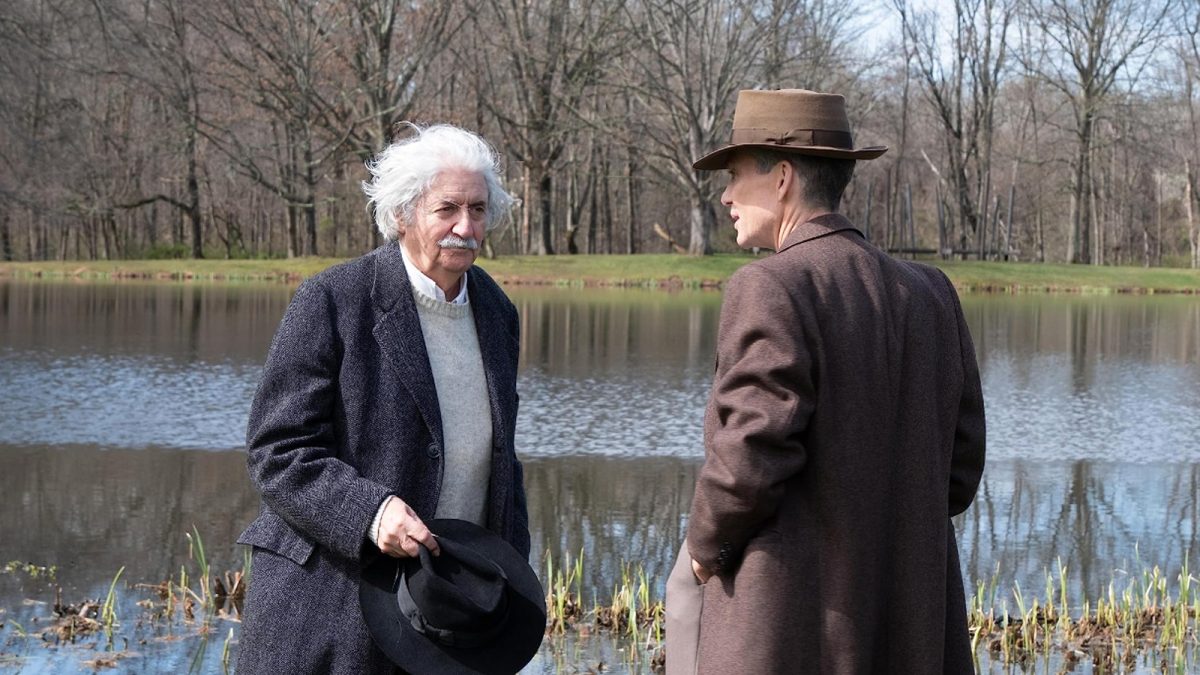
The possibility of atmospheric ignition is mostly brought up in conversations between Oppenheimer and Albert Einstein. In the final scene, Oppenheimer reflects on the day he talked about the phenomenon with Einstein and asked him if this might “start a chain reaction” that would destroy the world. While one atomic bomb will never manage the feat by itself, Oppenheimer thinks that his actions nonetheless started that chain reaction, with the film alluding to the potential of a nuclear apocalypse scenario where global superpowers unleash their arsenal of devastating fission missiles to reach mutually assured destruction.
We’ve made it almost eight decades without that tragic fate, so let’s hope that we can keep it that way.

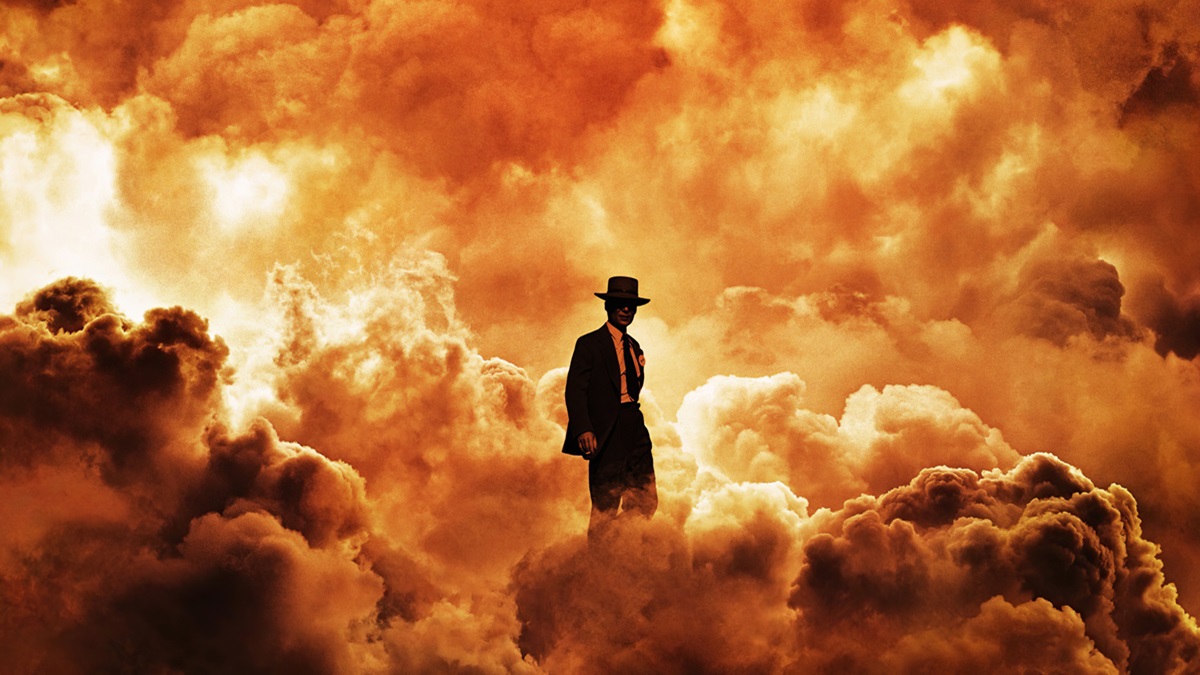
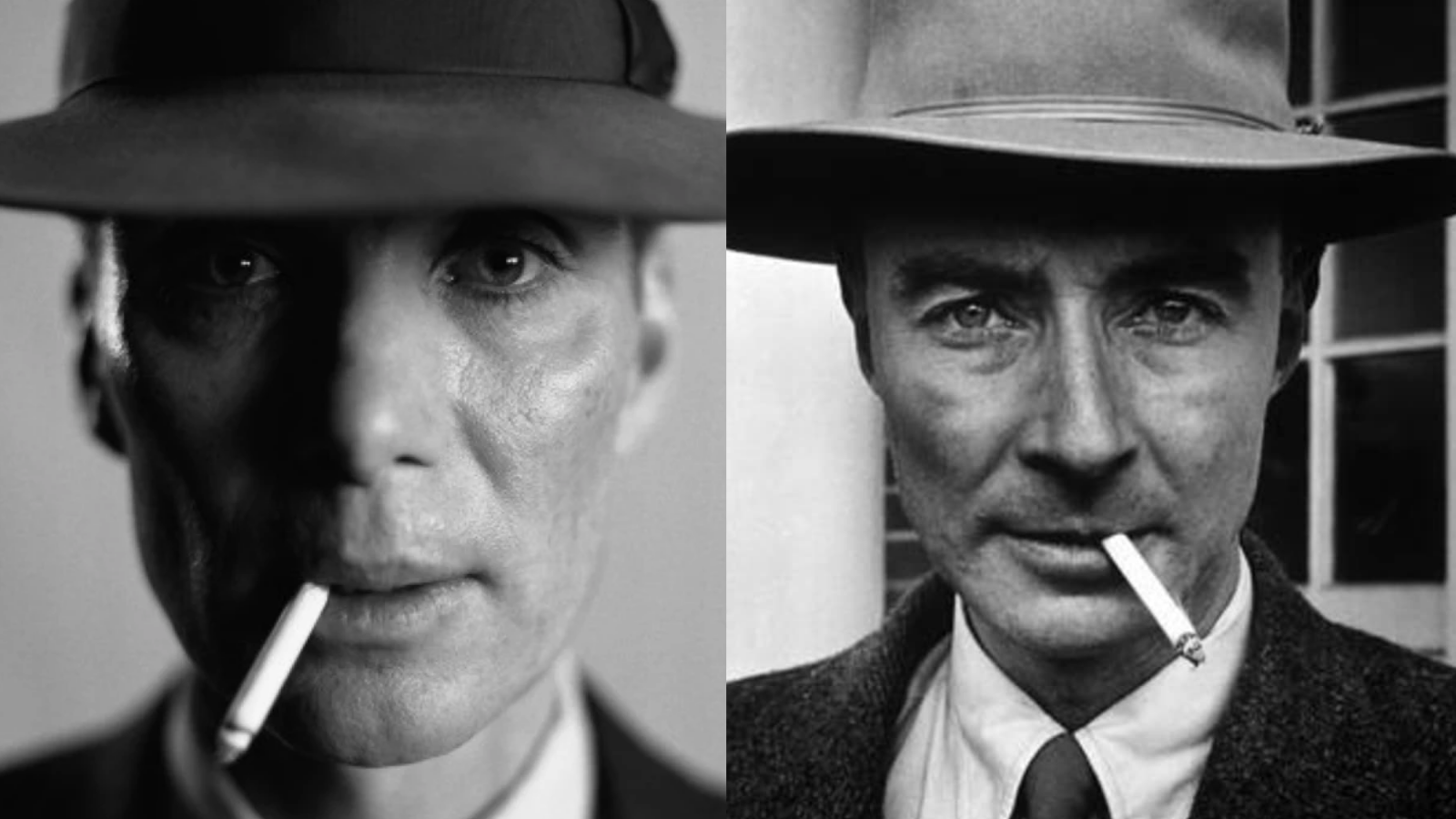


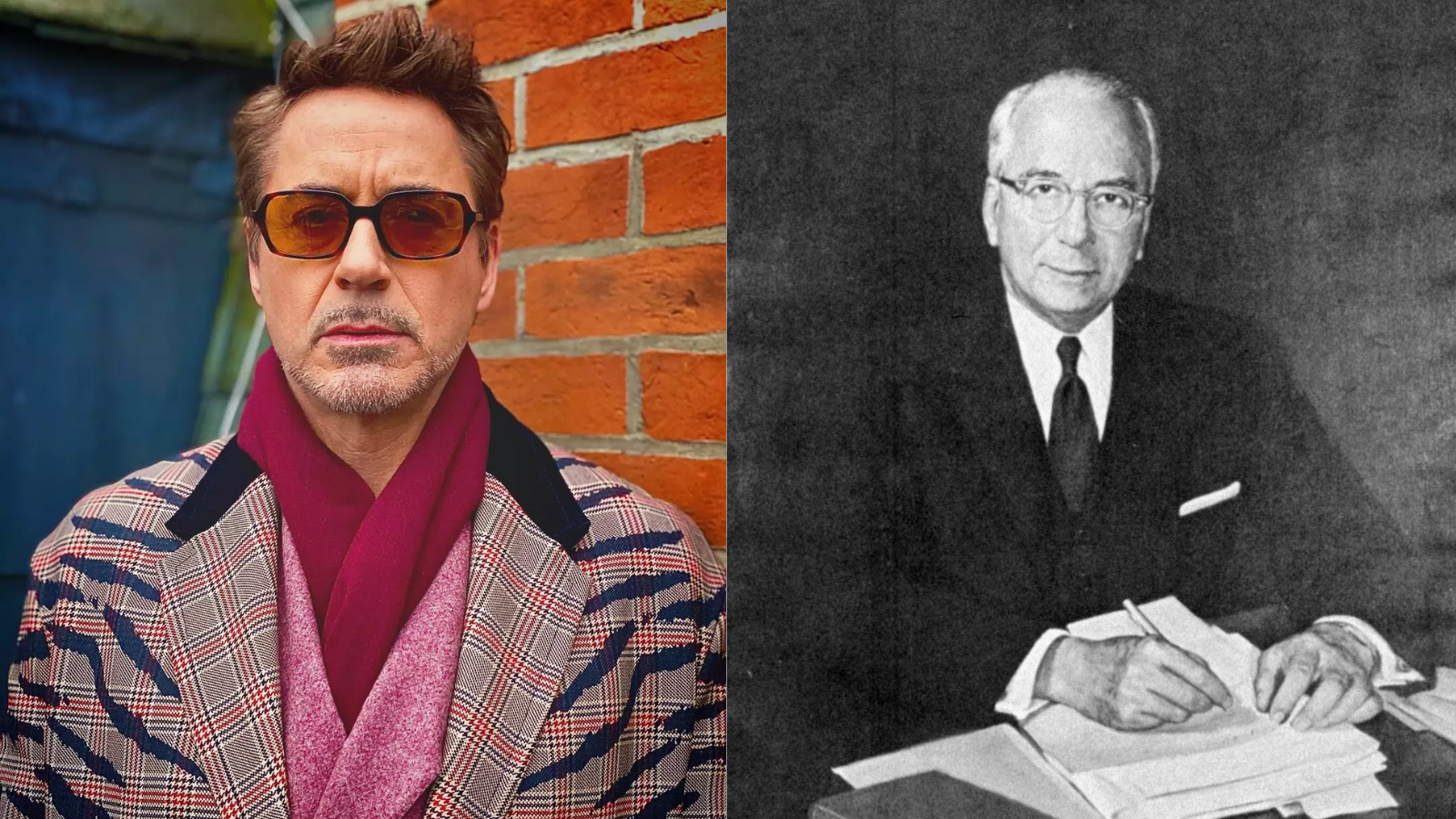
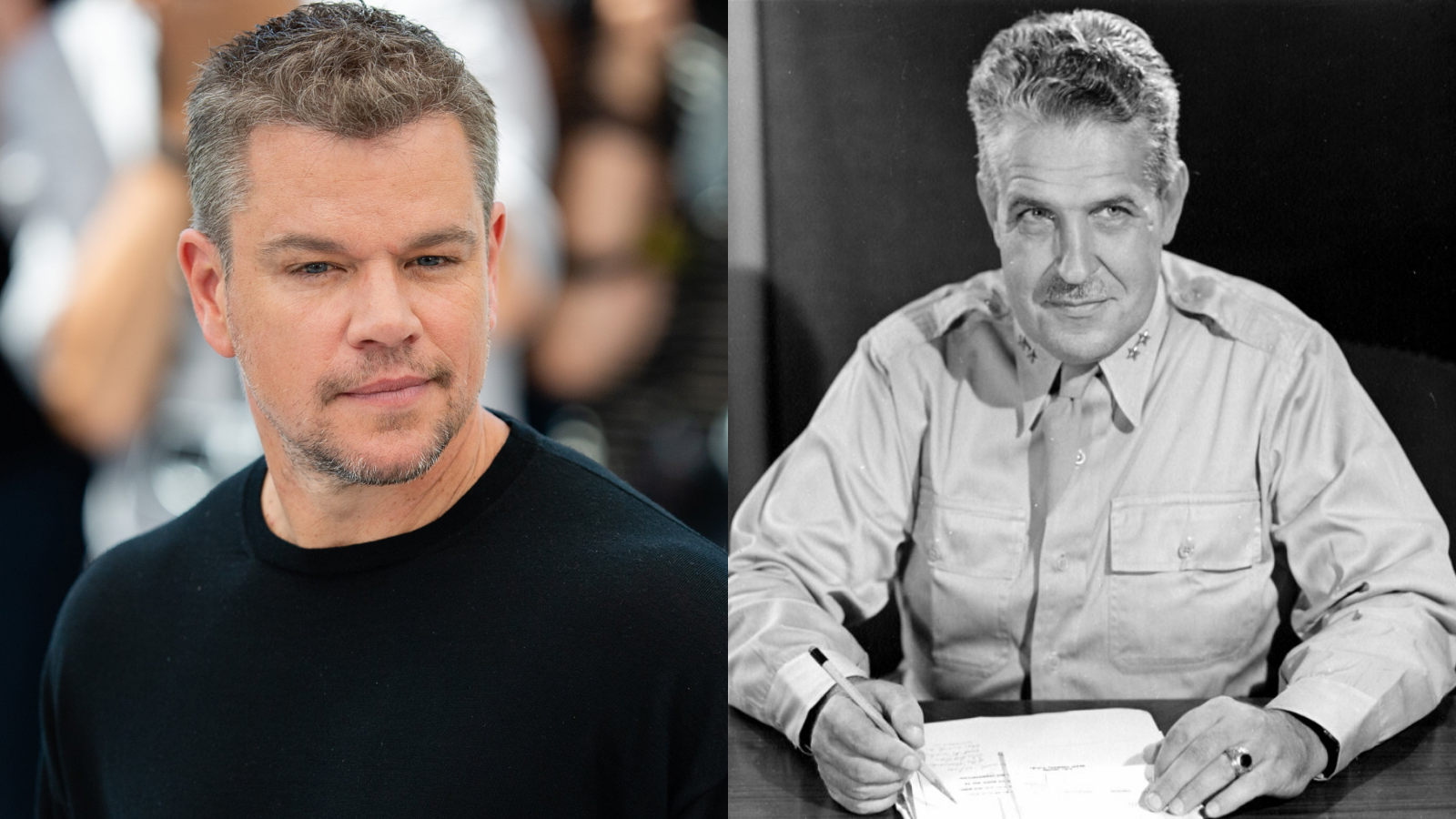








Published: Dec 8, 2023 03:20 pm